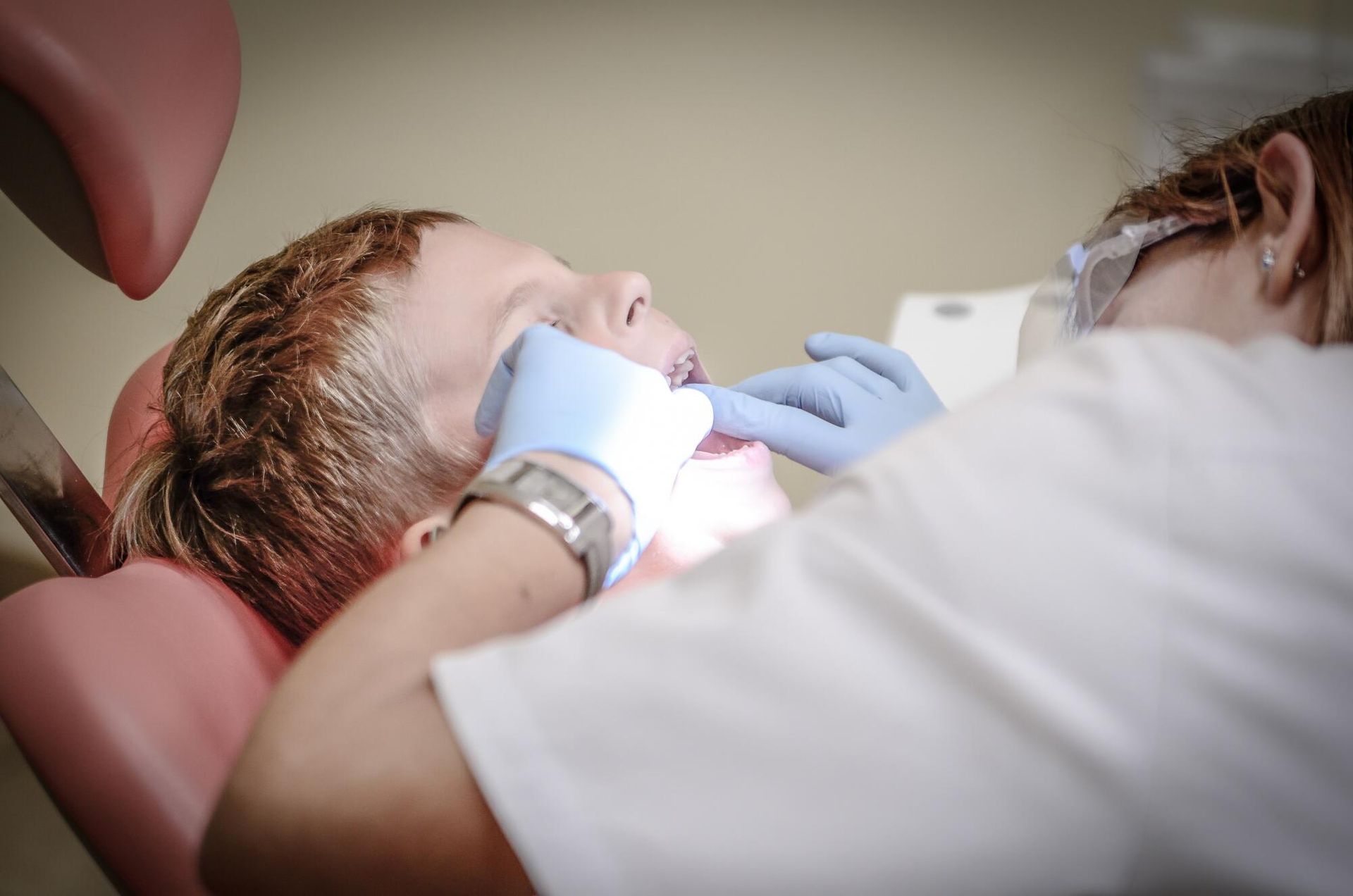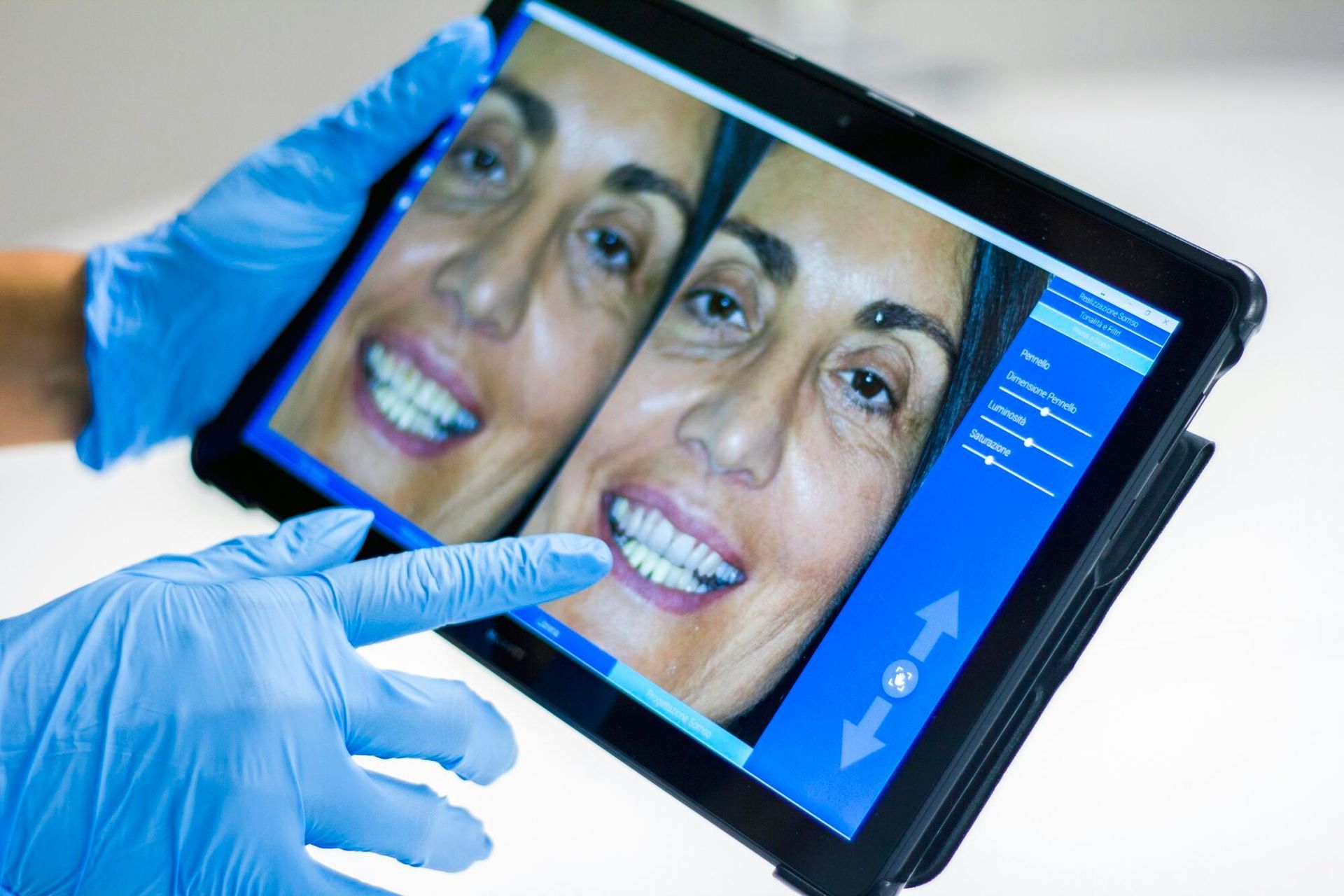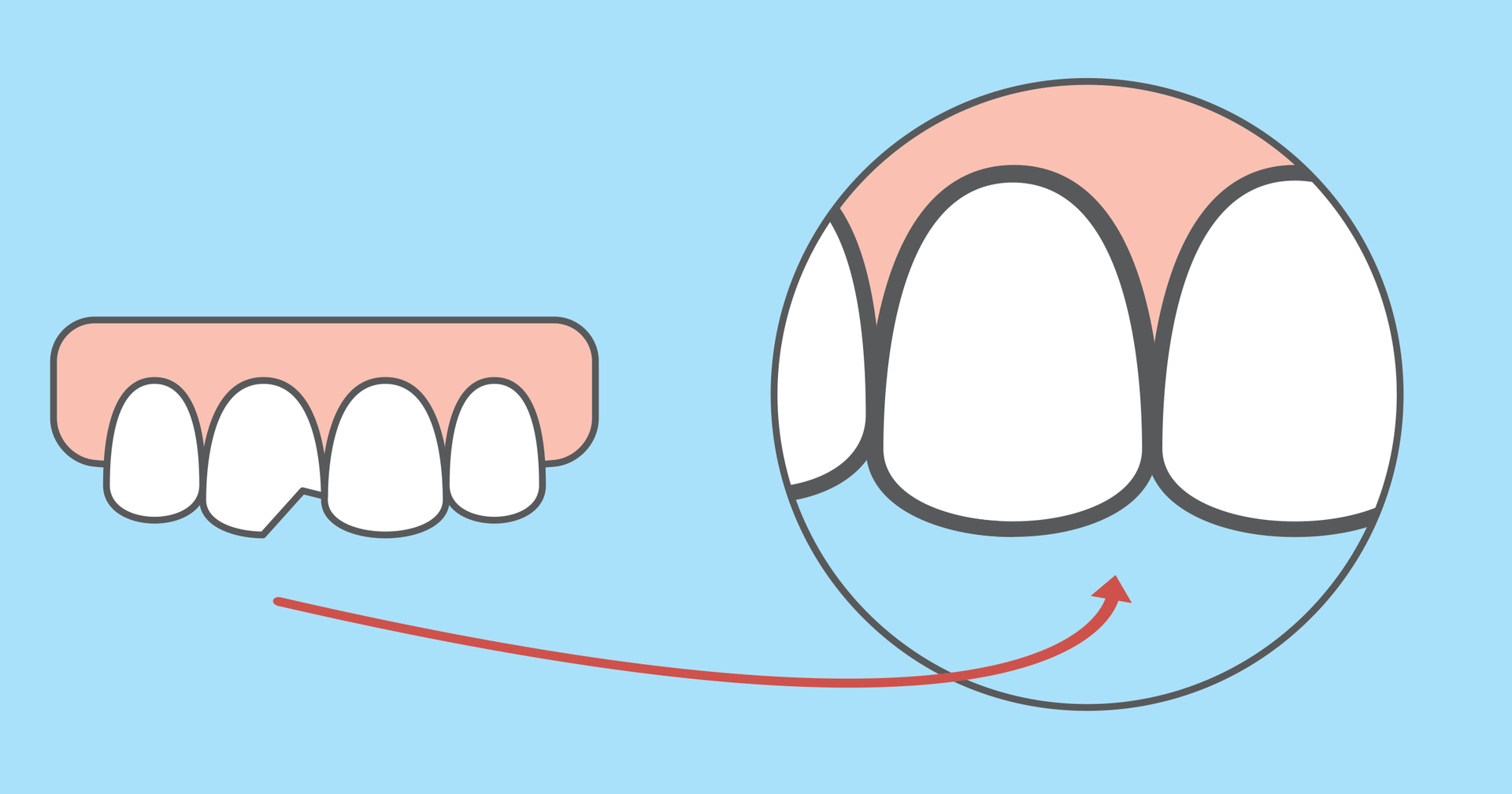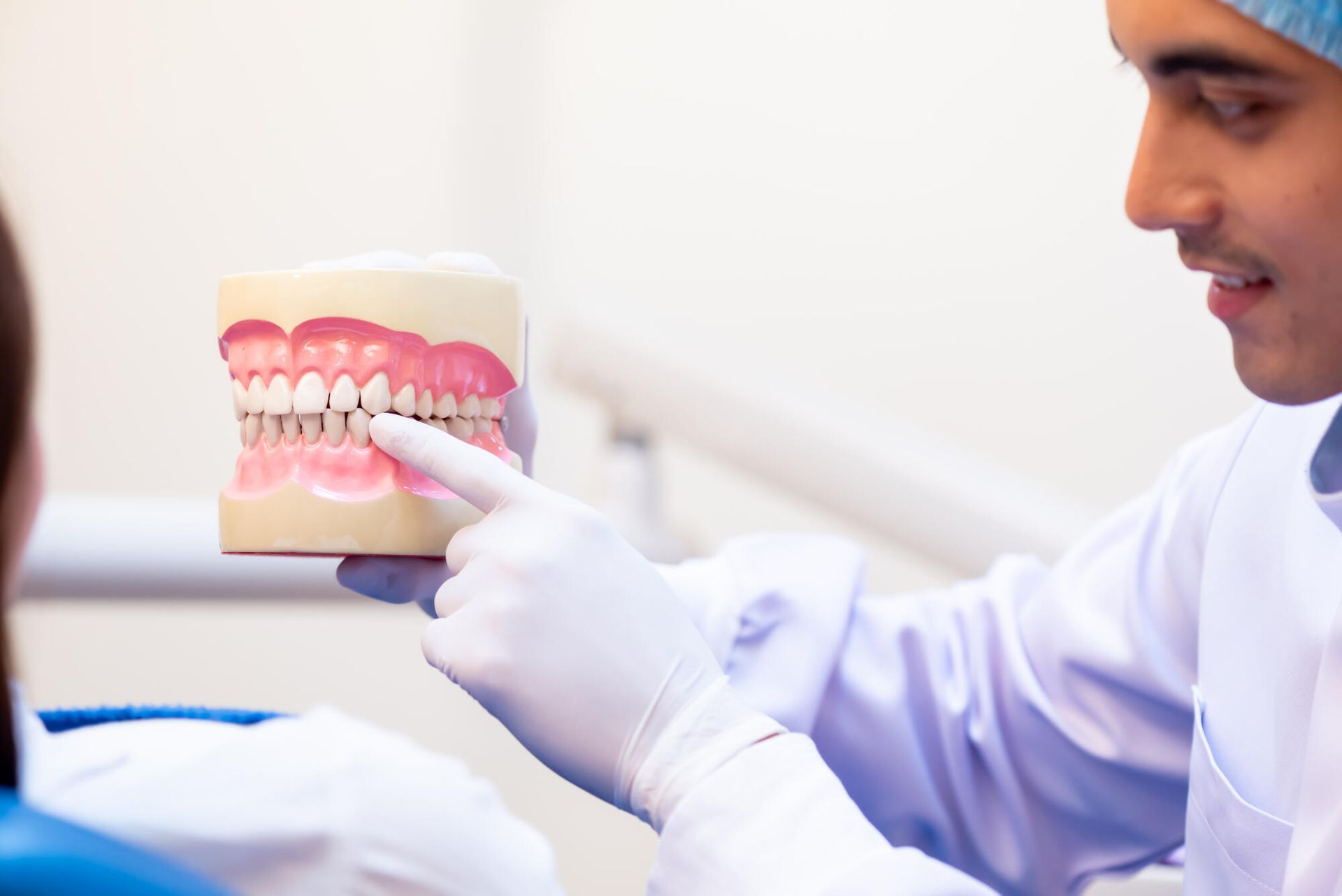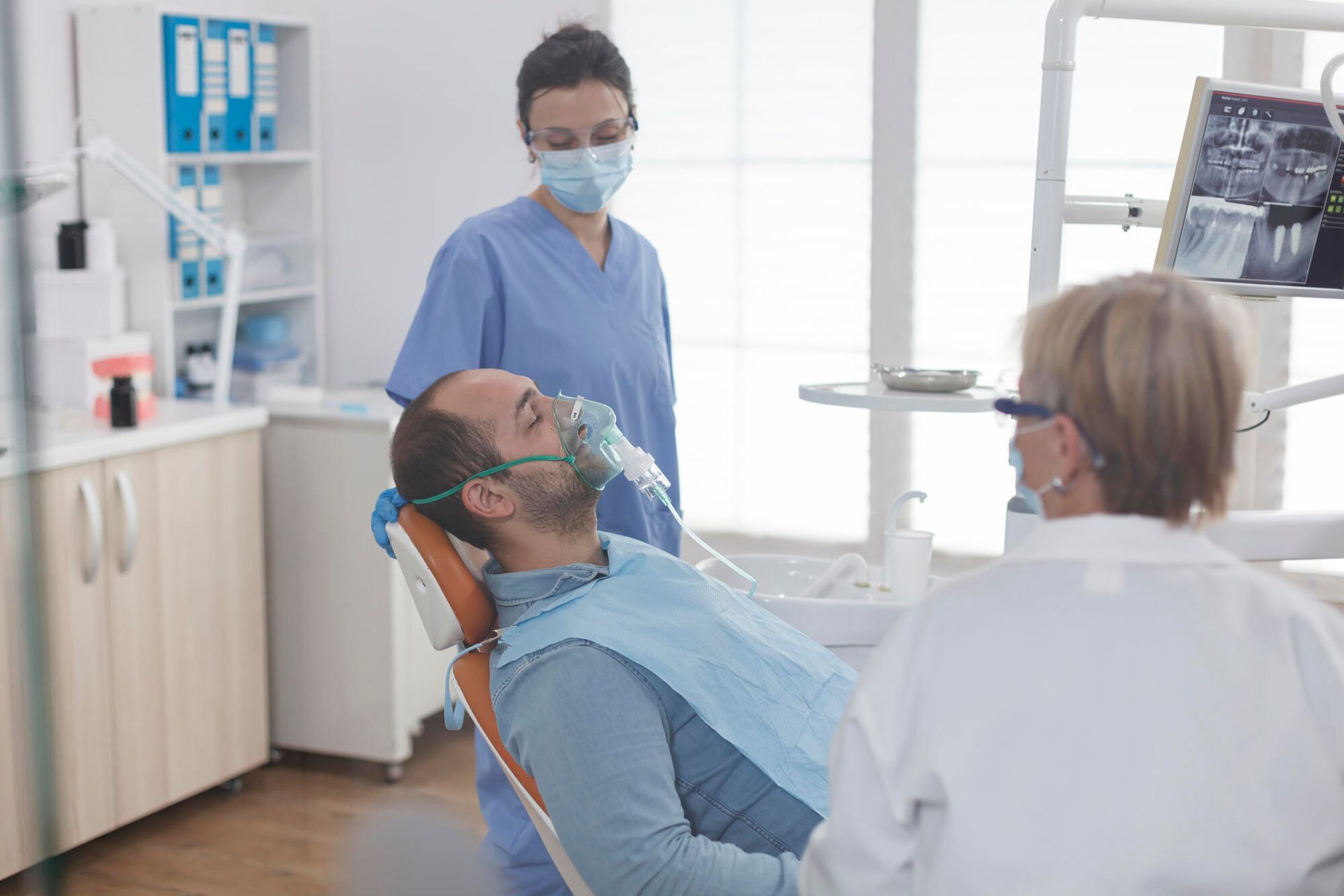Root Canals Dentist in Catoosa OK: What Are the Different Types of Root Canals?

Root Canals Dentist in Catoosa OK: what are the different types of root canals? How many types of root canals are there? Read on to learn more.
Root canal therapy is a procedure performed by dentists to save a badly decayed or infected tooth. When just the pulp, or the soft area in the center of the tooth, gets infected, it's not necessary to remove the tooth entirely. A dentist can simply remove the infected pulp and the rest of the tooth will remain functional.
However, if you're going to a root canal dentist in Catoosa OK, or another location, you've likely looked up information about this procedure. If so, you've likely found out that there are several different types of root canal methods. You're not sure how to identify which one you'll likely undergo.
Read the root canal guide below to understand the differences.
Non-Surgical Root Canal
This first procedure is usually the answer to the question "what is a root canal?" It's the most common type of root canal therapy. If all goes well, it should be the only type of root canal treatment that a patient will undergo.
This type of root canal is considered non-surgical because it doesn't involve cutting into the flesh. Rather, the root canal dentist will merely make a small hole in the top of the tooth. He or she will then use that hole to access the infected pulp within the center of the tooth.
Tiny files of larger and larger diameters are the main tools used in this process. The dentist will scrape them against the interior walls of the tooth and dig out all the infected pulp. He or she will then follow the excavations with an antibacterial solution to flush out any remaining material.
After all the infected material is removed, the former location of the pulp is then filled up with filling material and the hole gets sealed. If needed, a general dentist may also
add a crown to the top of the tooth.
Apicoectomy or Micro-Surgical Root Canal Therapy
Unfortunately, sometimes the initial root canal therapy isn't enough to remove all the infected material. This can lead to the patient feeling severe pain sometime after the procedure. He or she will then have to return to his or her dentist and possibly undergo another surgery.
This isn't always the fault of the dentist. New cracks or cavities in the infected tooth may have reintroduced bacteria into the tooth. In other situations, the infection is just too deep in the tooth for a non-surgical procedure to reach.
Thus, some minor surgery is required to remove the rest of the infected pulp. The dentist must cut a bit into the jawbone to get to the root of the tooth. The tip of this is cut away so that the dentist can reach the rest of the infection.
Once
the dentist has finished removing the material, he or she will fill the root canal with filler material and leave your jawbone to heal on its own. This healing should take a few months at most, but it can also happen very quickly.
Pulpotomy and Pulpectomy
Both of these procedures are only used on children's teeth. Unless your teeth are very small, which is highly unlikely, you probably won't ever experience either of these procedures as an adult. However, you may still find this information valuable as you may have a kid that will have to undergo it in the future.
Whether a child gets a pulpotomy or a pulpectomy depends on the seriousness of the tooth's infection. If only a portion of the child's tooth's inner nerve is infected, he or she will receive a pulpotomy. During this, a root canal dentist will cut a hole in the top of the tooth and only remove the infected parts of a tooth's pulp.
A pulpectomy is more involved and used when the whole of the tooth's pulp is infected. During this, the dentist will remove all of the pulp from the child's tooth. This often requires a minor amount of surgery.
How Does a Dentist Determine Which Procedure Is Right For Me?
A dentist will first look for some telltale signs to determine if the pulp in your tooth is infected. Patients with this condition will usually approach him or her with toothaches, sweeping, and/or prolonged tooth sensitivity. Upon examination of the tooth, a dentist may also notice some discoloration on the tooth and/or a pimple on the gums.
If a dentist suspects that your tooth's pulp is infected, he or she will then take an x-ray of the problem tooth. With this, he or she will be able to see any signs of infection in the bone around your root canal. If he or she determines that a root canal is necessary, he or she will schedule you for the procedure.
Root Canal Tips For Pre-Therapy Preparation
No matter which root canal therapy you end up getting, there are many pre-therapy steps you can take to make the procedure more comfortable. You can learn about some of these in the list below:
- Sleep well
- Eat within an hour of the procedure
- Avoid alcohol and nicotine for 24 hours before
- Stock up on pain relievers
- Stock up on soft and cool foods
- Arrange for a ride home if you need a strong anesthetic
- Prepare to take two days off to recover
When You Need a Root Canal Dentist in Catoosa OK, Consider Us
The information on root canals described here is of course just the tip of the iceberg. If you feel that you need more detail, feel free to do some more research on your own. You should also be able to approach your dentist with any questions you may have.
Also, when you need a root canal Dentist in Catoosa OK, consider our services. We are dedicated to providing excellence of care in a warm and friendly environment. Click here to learn about our special family insurance plan.
